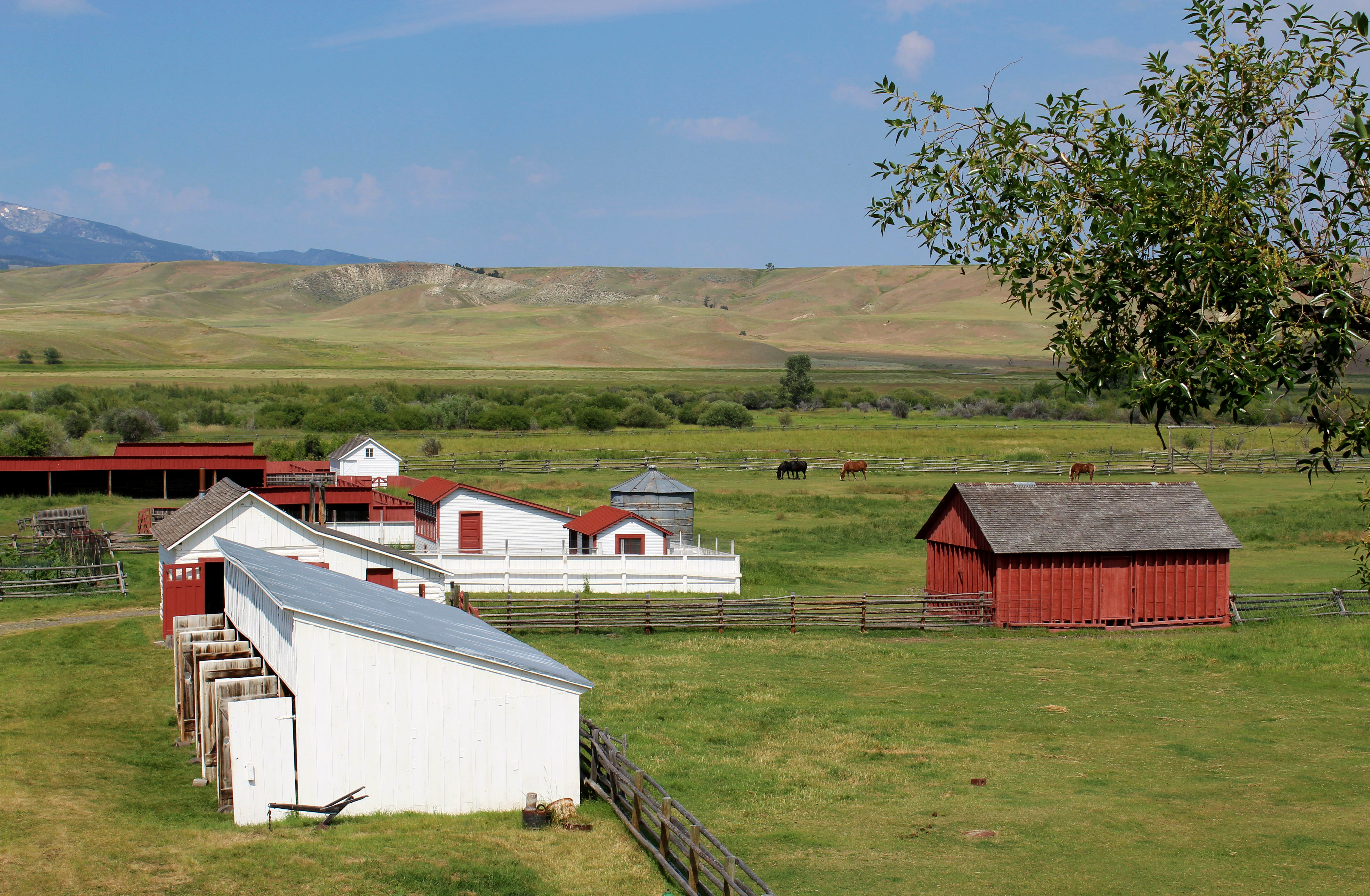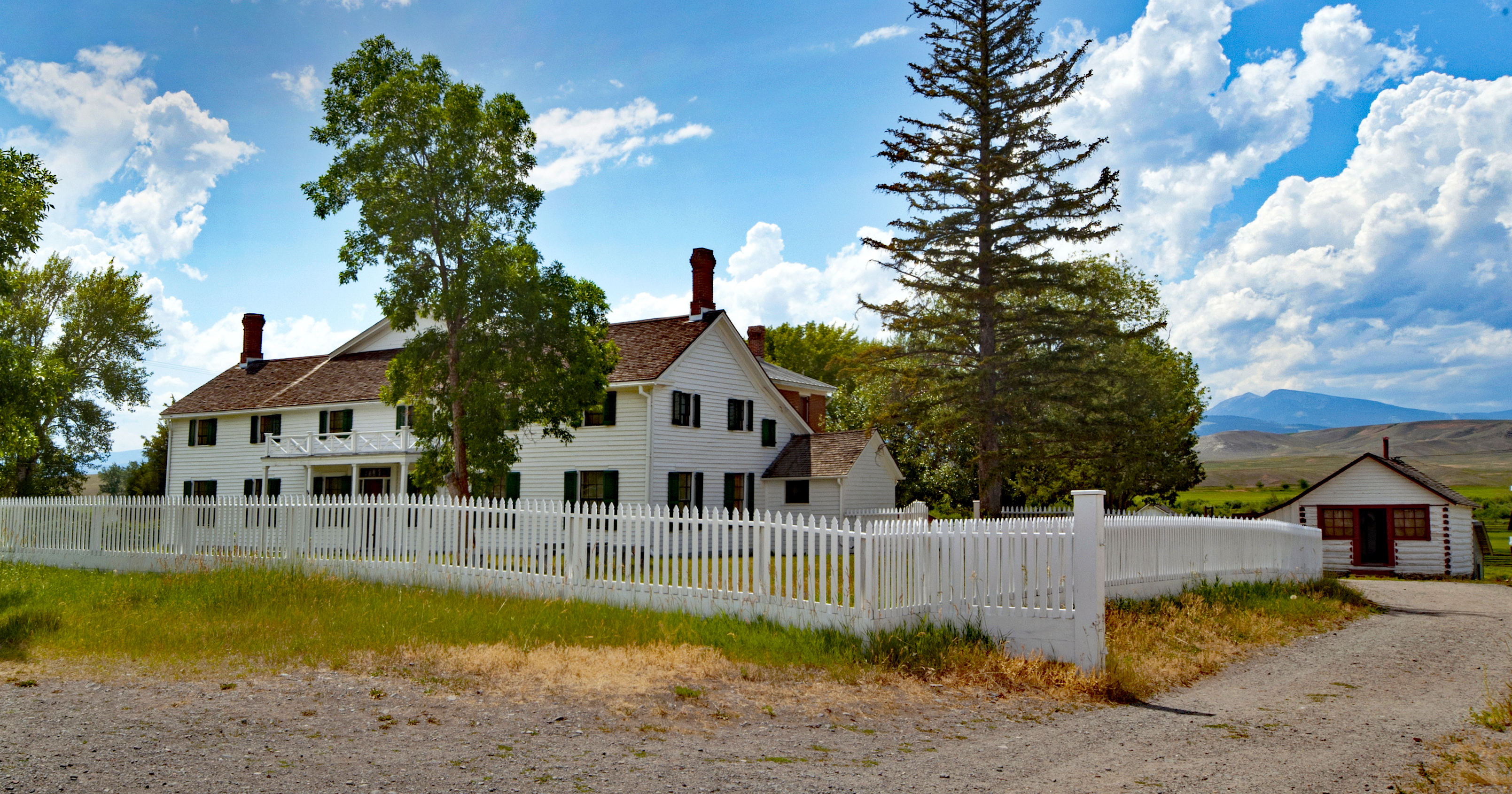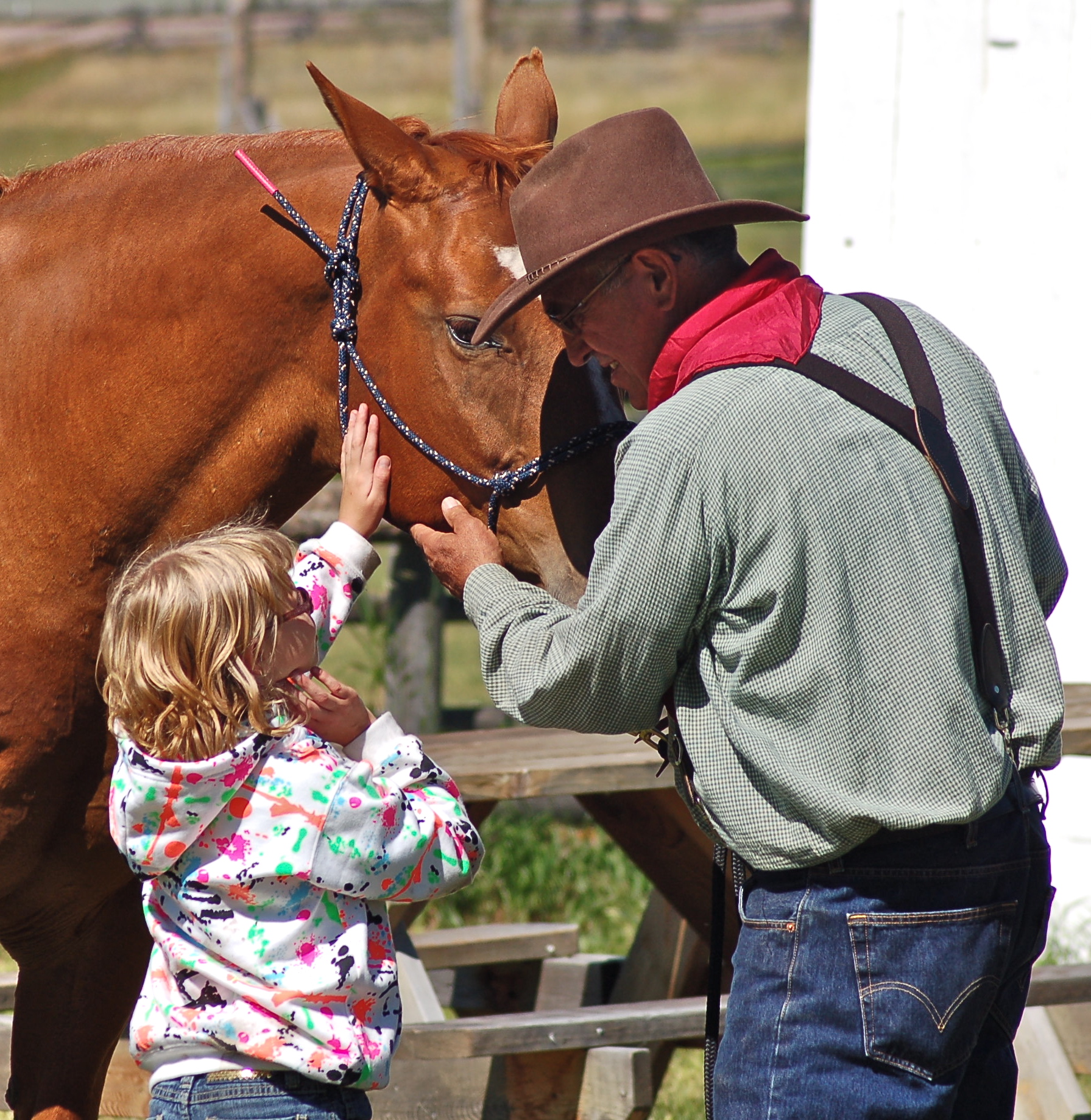Johnny Grant, Conrad Kohrs, and the Grant Kohrs Ranch
 Johnny Grant, Conrad Kohrs, and the Grant Kohrs Ranch
Johnny Grant, Conrad Kohrs, and the Grant Kohrs Ranch
by Patrick Shea
In 1857, open-range cattle began to roam the Deer Lodge Valley in modern-day Powell County. With the discovery of gold, hungry prospectors needed sustenance, and the herds became an essential food source. The region's lush grasslands edged by panoramic peaks became home to a booming industry that changed the course of Montana's history forever.
The cattle industry was introduced to the area by Johnny Francis Grant, a French-Canadian fur trader, whose story is revealed in his memoir "Very Close to Trouble." Translated into English by his wife Clothild, it was edited and published in 1996 by Lyndel Meikle.
At the age of sixteen, after making the rugged and tediously long voyage from Quebec, Canada to Pocatello, Idaho, where his father ran the Hudson Bay Company's trading post at Fort Hall, Grant's participation in the cattle business began. One summer day, men were branding calves at the fort when Grant tried to handle one by himself. A swift kick to his forehead delivered by the uncooperative calf taught him an early lesson in caution.
Due to a tumultuous relationship with his father, Grant cut ties with the Hudson Bay Company and left Fort Hall for the streams and wetlands of southwestern Montana. Despite their differences, he followed in his father's ways and, for a while, earned a living as a successful fur trader. Eventually, over-trapping depleted the beavers and thus brought an end to the young entrepreneur's livelihood. Montana's Deer Lodge Valley beckoned as a perfect place for Grant to put down roots and seek his fortune in a new way.
Making his way south from Deer Lodge, he intercepted wagon trains on the Oregon Trail near Soda Springs, Idaho. Immigrants heading for the Pacific northwest were desperately in need of replenishing supplies. On his first trip, Grant gave them pelts and other goods in exchange for their weary, malnourished cattle. He then drove the animals north to the plentiful pastures of his new home. Once the stock was strong and healthy, back south they went to be traded for a greater number of sickly cows. Repeated over and over, this business model proved to be extremely lucrative. Grant enjoyed nearly a decade of high rolling in the livestock market; by 1863, he had more than 4,000 head of cattle, 3,000 horses, and a net worth of $150,000.

(Above: Historic ranch house on the Grant-Kohrs Ranch National Historic Site. Photo Courtesy of the National Park Service.)
Montana's Gold Rush began in the early 1860's, and with it came an end to Grant's solitude beneath the big sky. The influx of prospectors would bode well for the beef market, but as a native French speaker, he felt taken advantage of in business dealings through the sole use of English contracts. While there was money to be made, Johnny Grant wanted out. In 1867, he sold his herd and ranch to Conrad Kohrs for $19,000.
Conrad Kohrs, a German immigrant who arrived in Montana during the gold rush, found more money was to be made selling food to fortune seekers than in the actual gold that was attracting them. One industry paved the way for another, and by the 1880's, the herd at the Grant-Kohrs ranch grew to 50,000 head grazing over 10 million acres. Kohrs was one of the nation's major beef suppliers, selling not only to miners in the West but also to Americans east of the Mississippi River. On an annual basis, the ranch was shipping 10,000 head to Chicago's Union Stock Yards.
As word got out of Kohrs' surmounting wealth, lore began to form around the deep-pocketed cattle baron. He was dubbed the "Montana Cattle King" by the populous, and this fame helped propel him into local politics. He was elected to the Constitutional Convention in 1889, playing a role in defining the freedoms and laws upheld in Montana to this day.

(Above: Interactive tour led at Grant-Kohrs Ranch National Historic Site. Photo Courtesy of the National Park Service.)
Both Johnny Grant and Conrad Kohrs enjoyed good fortune and bounty in the grasslands of Southwest Montana. Today, the Grant-Kohrs Ranch National Historic Site commemorates the unprecedented cattle empire that thrived in the Deer Lodge Valley and beyond. Officially designated as a historic site, visitors can enjoy interpretive tours, presentations, and preserved buildings from the ranch's heyday.
Patrick Shea is a University of Montana graduate student pursuing a Master’s degree in Environmental Science & Natural Resource Journalism. He is also the editor of UM’s This is Montana program.
